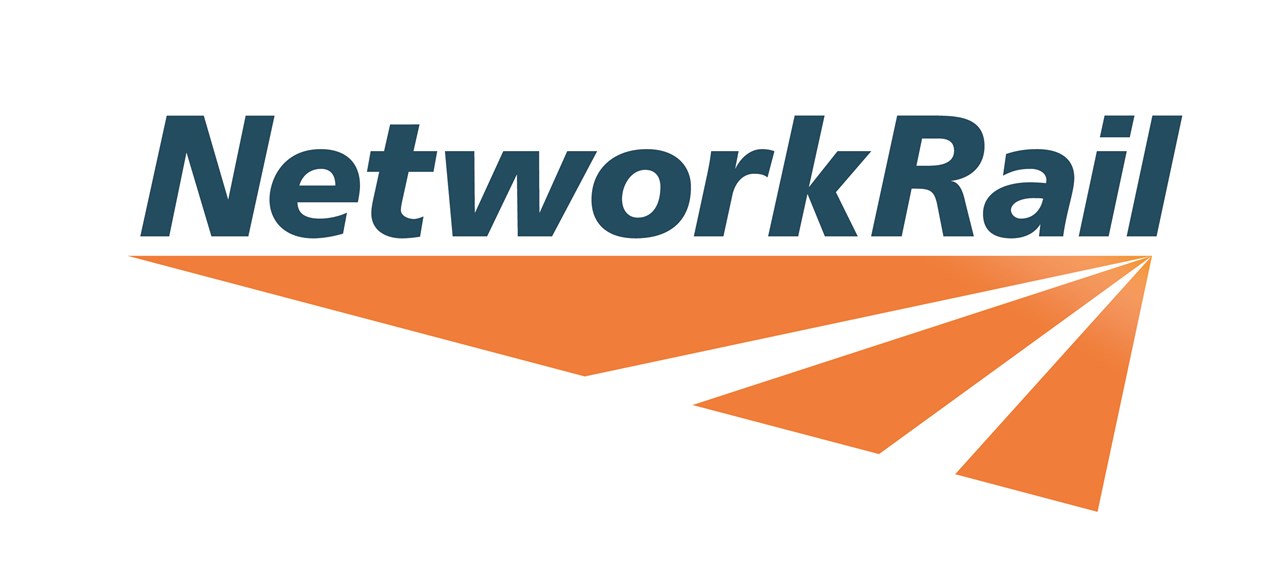Pudding Mill Lane Crossrail - Trackbed Monitoring
Challenge
A strategic programme of works was undertaken to improve transport links to the site that had hosted the London 2012 Olympics Games. This included demolition and replacement of the Pudding Mill Lane Docklands Light Railway (DLR) station in order to make space for a new Crossrail tunnel portal. Contractor Morgan Sindall was responsible for the works. They were required to monitor the numerous Network Rail and DLR tracks to ensure that there was no significant movement or disruption for a period of some two years. Concerns had been raised about the effectiveness of optical monitoring at the site so they looked for other ways to measure track cant and twist with high precision, reliability and stability.
Solution
Working in close cooperation with the Morgan Sindall team, Senceive supported the installation of more than 700 high-precision wireless tilt meters. These were attached directly to railway sleepers on five DLR and Network Rail lines. All the sensors communicated via a mesh network, transmitting data from the site through a solar-powered GPRS gateway. Working in this way, there were no need for power or communications cables, making the system far less likely to suffer damage or impede others during the extended construction period.
Track cant and twist measurements were accessible to stakeholders in realtime using Senceive WebMonitor software. The data showed high levels of stability and accuracy at below 0.1 mm on a 1.435 m track beam length (see Figure 1). There were no spikes or false alerts or alarms.
Outcome
The system proved capable of detecting very small movements, whilst providing stable and repeatable data. It picked up real movement at a very early stage and allowed the surveying team to respond rapidly.
When compared to more traditional approaches based on optical survey instruments the wireless solution compares favourably. Installation time and disruption to the railways was minimal. Following installation, there was no need to re-visit the site to maintain or clean the wireless system – which would have been necessary if an optical system using reflector prisms was used. This brought significant safety and cost benefits to the project.
Downloads
Created on: Tue 13th Oct 2020




Key Points
Senceive wireless technology has been proven to be a reliable, precise means of monitoring track behaviour. With more than 20,000 sensors installed on rail sites around the world in 2020 alone, it provides early warning of problems and supports efficient long-term maintenance.










